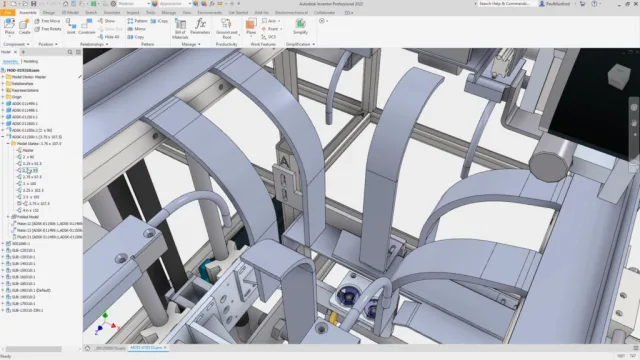Yet many are oblivious to the signs and are in danger of watching this become a period of noisy turmoil rather than the full-blown insurrection needed to launch us into a green economy. What we require is not a new spinning wheel, but fabrics woven with nanofibers that generate solar power. To make that happen, we need a radically reformulated way of understanding markets, buy Revit for cheap price, financing, and the role of government in accelerating change. But will we understand the opportunities before they disappear?
We are seven years into the beginning of what analysts at BofA Merrill Lynch Global Research call the Sixth Revolution. A table by Carlotta Perez, which was presented during a recent BofA Merrill Lynch Global Research luncheon hosted by Robert Preston and Steven Milunovich, outlines the revolutions that are unexpected in their own time that lead to the one in which we find ourselves.
Looking back at 1971, we know that Intel’s introduction of the microprocessor marked the beginning of a new era. But in that year, this meant little to people watching Mary Tyler Moore and The Partridge Family, or listening to Tony Orlando & Dawn and Janis Joplin. People would remember humanity’s first steps on the Moon, opening relations between US and China, perhaps the successful completion of the Human Genome Project to 99.99% accuracy, and possibly the birth of Prometea, the first horse cloned by Italian scientists.
Flying beneath our collective radar was the first floppy disk drive by IBM, the world’s first e-mail sent by Ray Tomlinson, the launch of the first laser printer by Xerox PARC and the Cream Soda Computer by Bill Fernandez and Steve Wozniak (who would found the Apple Computer company with Steve Jobs a few years later).
Times have not changed that much. It’s 2011 and many of us face a similar disconnect with the events occurring around us. We are at the equivalent of 1986, a year on the cusp of the personal computer and the Internet fundamentally changing our world. 1986 was also the year that marked the beginning of a major financial shift into new markets. Venture Capital (VC) experienced its most substantial finance-raising season, with approximately $750 million, and the NASDAQ was established to help create a market for these companies.
Leading this charge was Kleiner Perkins Caulfield & Beyers (KPCB), a firm that turned technical expertise into possibly the most successful IT venture capital firm in Silicon Valley. The IT model looked for a percentage of big successes to offset losses: an investment like the $8 million in Cerent, which was sold to Cisco Systems for $6.9 billion, could make up for a lot of great ideas that didn’t quite make it.
But the VC model that worked so well for information and telecommunications doesn’t work in the new revolution. Not only is the financing scale of the cleantech revolution orders of magnitude larger than the last, this early in the game even analysts are struggling to see the future.
Steven Milunovich, who hosted the BofA Merrill Lynch Global Research lunch, remarked that each revolution has an innovation phase which may last for as long as 25 years, followed by an implementation phase of another 25. Most money is made in the first 20 years, so real players want to get in early. But the question is: Get in where, for how much and with whom?
There is still market scepticism and uncertainty about the staying power of the clean energy revolution. Milunovich estimates that many institutional investors don’t believe in global warming, and adopt a “wait and see” attitude complicated by government impasse on energy security legislation. For those who are looking at these markets, their motivation ranges from concerns about oil scarcity, supremacy in the “new Sputnik” race, the shoring up of homeland security and – for some – a concern about the effects of climate change. Many look askance at those who see that we are in the midst of a fundamental change in how we produce and use energy. Milunovich, for all these reasons, is “cautious in the short term, bullish on the long.”

